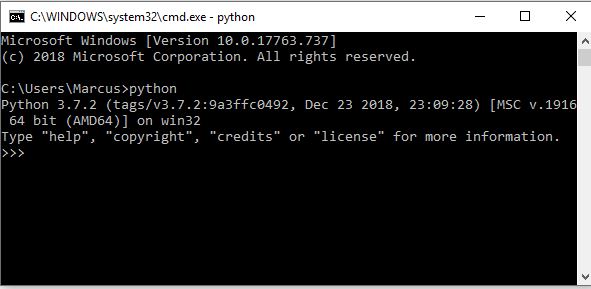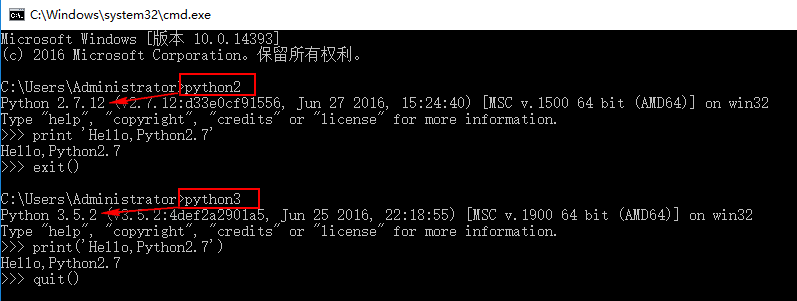


Archived from the original on 17 September 2021. With the release of pip version 6.0 (), the version naming process was changed to have version in X.Y format and drop the preceding 1 from the version label. In 2011, the Python Packaging Authority (PyPA) was created to take over the maintenance of pip and virtualenv from Bicking, led by Carl Meyer, Brian Rosner, and Jannis Leidel. According to Bicking himself, the name is a recursive acronym for "Pip Installs Packages". History įirst introduced as pyinstall in 2008 by Ian Bicking (the creator of the virtualenv package) as an alternative to easy install, pip was chosen as the new name from one of several suggestions that the creator received on his blog post. Python 2.7.9 and later (on the python2 series), and Python 3.4 and later include pip by default. This article provides instructions for installing pip 20.3.4 in a Python 2.7 environment that is no longer supported by the latest pip. 1 However, you have code that is not compatible with Python 3 and needs to keep it running. Most distributions of Python come with pip preinstalled. Python pip 31 Python 2.7 is already EOL and migration to Python 3 is recommended. Pip can be configured to connect to other package repositories (local or remote), provided that they comply to Python Enhancement Proposal 503. Pip connects to an online repository of public packages, called the Python Package Index. The Python Software Foundation recommends using pip for installing Python applications and its dependencies during deployment.

Let pkgs = import instead of mkDerivation.Pip is a package-management system written in Python and is used to install and manage software packages.


 0 kommentar(er)
0 kommentar(er)
